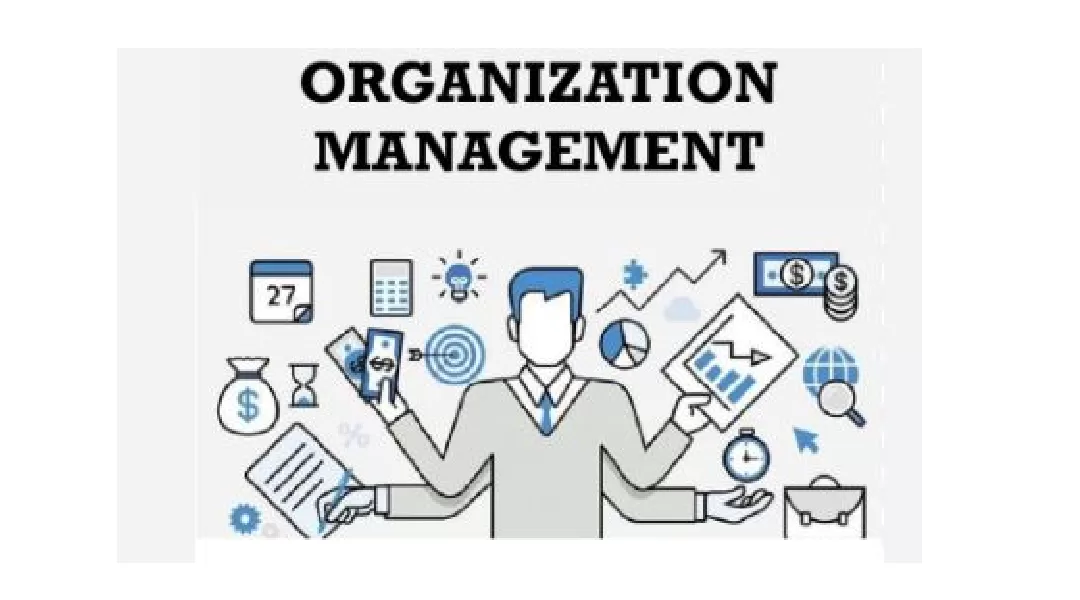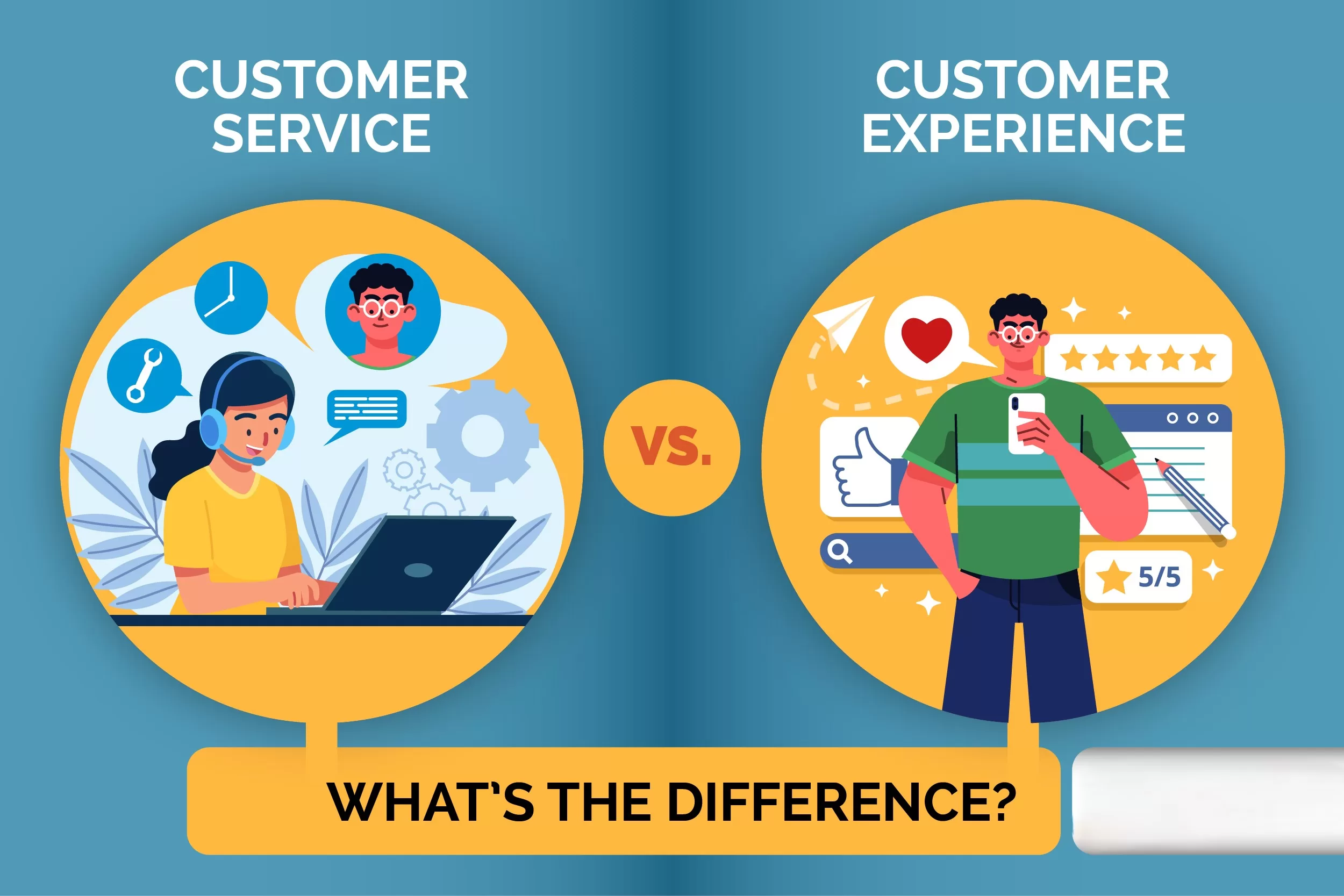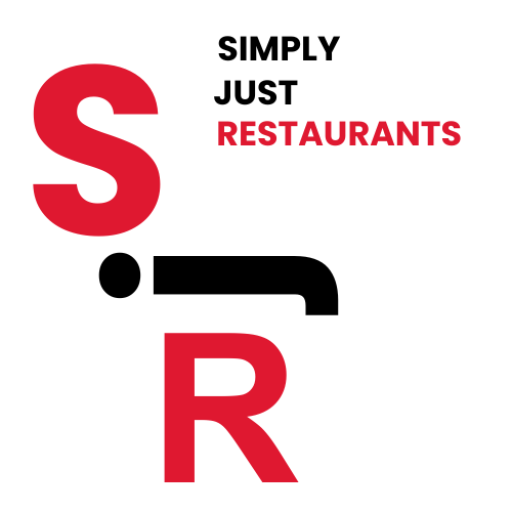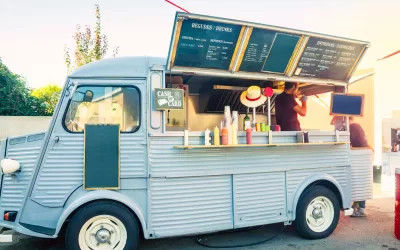Introduction
In 2024, a restaurant business plan continues to serve as a foundational document for aspiring restaurateurs and existing restaurant owners alike. This strategic blueprint outlines the vision, objectives, and strategies necessary for launching, managing, and growing a successful restaurant venture in today’s competitive culinary landscape.
With consumer preferences evolving, technological advancements shaping the dining experience, and economic factors influencing spending habits, a well-crafted restaurant Business Plan remains essential for navigating the complexities of the restaurant industry. It provides restaurateurs with a roadmap to adapt to changing market conditions, capitalize on emerging trends, and differentiate their offerings in a crowded marketplace.
Key components of a restaurant business plan in 2024 include:
Concept Development: Articulating the restaurant’s concept, including its cuisine, ambiance, target market, and unique value proposition.
Market Analysis: Conducting a thorough analysis of the market landscape to understand industry trends, identify target demographics, assess competitors, and determine positioning strategies.
Operational Plan: Detailing the day-to-day operations of the restaurant, including staffing requirements, supplier relationships, inventory management, and quality control measures.
Marketing Strategy: Developing a comprehensive marketing strategy to attract customers, build brand awareness, and drive revenue growth through effective promotional tactics and customer engagement initiatives.
Financial Projections: Creating detailed financial projections, including revenue forecasts, expense projections, cash flow statements, and break-even analysis, to assess the restaurant’s financial viability and secure financing.
Legal Considerations: Addressing legal and regulatory requirements, such as licensing, permits, health and safety regulations, and compliance with labor laws, to ensure the restaurant operates within legal boundaries.
By addressing these components, a restaurant business plan in 2024 provides restaurateurs with a strategic roadmap for success, guiding decision-making, fostering accountability, and ultimately, helping them achieve their business goals in a rapidly evolving industry.

Importance of a Business Plan for a Restaurant in 2024 :
A Restaurant Business Plan in 2024 is crucial due to the dynamic and competitive nature of the industry. It serves as a comprehensive roadmap, guiding the restaurant from concept to successful operation.
Strategic Direction and Clarity
A restaurant Business Plan provides clear goals and objectives, helping restaurant owners make informed decisions and stay focused on their vision. It outlines detailed strategies for market positioning, menu development, and operational management, ensuring all aspects align with the restaurant’s concept.
Attracting Investors and Securing Funding
Investors and lenders require a well-structured business plan to assess the viability and profitability of the restaurant. The plan includes financial projections, startup costs, revenue forecasts, and break-even analysis, demonstrating the potential for return on investment.
Adapting to Market Trends
The restaurant industry is influenced by trends such as health-conscious dining, sustainability, and technology integration. A business plan allows restaurants to anticipate and adapt to these trends, ensuring they meet evolving customer preferences and stay competitive.
Operational Efficiency
The plan details staffing, training, supply chain management, and customer service philosophies, contributing to efficient operations. It helps identify potential challenges and develop contingency plans, ensuring smooth and uninterrupted service.
Financial Management
A restaurant Business Plan includes comprehensive financial planning, helping restaurant owners manage budgets, control costs, and maximize profits. It provides a clear picture of the financial health of the business, facilitating better financial decision-making.
Overview of What a Restaurant Business Plan Entails: A restaurant business plan encompasses various sections detailing the concept, market analysis, menu offerings, operational strategies, marketing plans, financial projections, and legal considerations. It serves as a roadmap for the restaurant’s success, guiding decision-making, attracting investors, and ensuring efficient operations. Each section provides a comprehensive overview of different aspects of the business, including market trends, target demographics, competitive analysis, staffing requirements, branding, revenue forecasts, and regulatory compliance. Together, these components form a cohesive plan that outlines the restaurant’s vision, objectives, and strategies for achieving long-term success in the competitive restaurant industry.

Executive Summary
The executive summary provides a concise overview of the restaurant concept, target market, unique selling proposition, financial projections, and key objectives.
Purpose of the Business Plan:
The purpose of a restaurant business plan is to outline the restaurant’s goals, strategies, and operations, serving as a roadmap for success and a tool for attracting investors and guiding decision-making.
Brief Description of the Restaurant Concept:
The restaurant concept entails a succinct description of the restaurant’s theme, cuisine, ambiance, target market, and unique selling points, conveying its identity and appeal to potential customers.
Business Goals and Objectives:
Business goals and objectives outline the restaurant’s desired achievements, such as revenue targets, customer satisfaction goals, expansion plans, and milestones, providing a framework for success and progress tracking.

Company Description
The company description provides an overview of the restaurant, including its history, mission statement, legal structure, location, target market, and competitive advantage, offering insight into its identity and purpose.
Restaurant Name and Location
The restaurant’s name and location signify its identity and accessibility, crucial factors in attracting customers and establishing a presence in the market
Mission Statement: The mission statement articulates the restaurant’s core purpose, values, and commitment to customers, employees, and the community, guiding its operations and decision-making towards fulfilling its overarching vision.
Legal Structure of the Business: The legal structure delineates how the restaurant is organized and operated, whether as a sole proprietorship, partnership, corporation, or LLC, determining its liabilities, tax obligations, and ownership structure.
Ownership Details: Ownership details specify the individuals or entities who have ownership stakes in the restaurant, including their names, roles, percentage of ownership, and any relevant agreements or arrangements governing ownership rights and responsibilities.

Market Analysis
rMarket analysis in a restaurant business plan involves evaluating the industry landscape, target market demographics, competitors, and trends. It assesses factors like consumer preferences, dining habits, and economic conditions. Key components include identifying the target market’s demographics, such as age, income, and lifestyle, and understanding their preferences and needs.
Analyzing competitors helps identify strengths, weaknesses, and opportunities for differentiation. Additionally, examining market trends, such as the rise of delivery services or health-conscious dining, enables the restaurant to adapt its offerings and marketing strategies accordingly. Overall, a comprehensive market analysis informs strategic decisions, such as menu development, pricing, and marketing initiatives, ensuring the restaurant remains competitive and responsive to evolving consumer demands.
Industry Overview and Trends in 2024
In 2024, the restaurant industry is witnessing several notable trends. Health-conscious dining continues to rise, with consumers demanding more nutritious options and transparency in ingredients. Technology integration is pervasive, with online ordering, delivery apps, and contactless payment systems becoming standard.
Sustainability is a growing focus, influencing sourcing practices and waste reduction efforts. Ghost kitchens and virtual dining concepts are gaining popularity, allowing for flexible, cost-effective operations. Moreover, there’s an increased emphasis on experiential dining, with immersive themes and interactive elements enhancing the overall dining experience. Amidst these trends, the industry faces challenges such as labor shortages, supply chain disruptions, and evolving regulations, necessitating adaptability and innovation for sustained success.
Industry Overview and Trends in 2024: Identifying the target market involves defining the demographic, psychographic, and behavioural characteristics of the ideal customers for the restaurant. This includes factors such as age, gender, income level, lifestyle preferences, dining habits, and geographic location. Understanding the target market helps tailor restaurant business plan strategies, menu offerings, pricing, and ambiance to appeal to their preferences and needs, ultimately maximizing customer satisfaction and loyalty.
Target Market Identification
Identifying the target market involves defining the demographic, psychographic, and behavioral characteristics of the ideal customers for the restaurant. This includes factors such as age, gender, income level, lifestyle preferences, dining habits, and geographic location. Understanding the target market helps tailor restaurant business plan marketing strategies, menu offerings, pricing, and ambiance to appeal to their preferences and needs, ultimately maximizing customer satisfaction and loyalty.
Customer Demographics and Behavior:
Customer demographics encompass key characteristics such as age, gender, income level, occupation, education, and family status. Behavioral factors include dining preferences, frequency of dining out, spending habits, preferred cuisines, and decision-making processes. Understanding these demographics and behaviors allows the restaurant to tailor its offerings, restaurant business plan messages, and service delivery to better meet the needs and preferences of its target customers, ultimately enhancing customer satisfaction and loyalty.
Competitor Analysis:
Competitor analysis involves identifying and evaluating other restaurants or food establishments that operate in the same market or cater to a similar target audience. This includes assessing their strengths, weaknesses, market positioning, menu offerings, pricing strategies, customer reviews, and marketing tactics. Understanding competitors’ strategies and performance helps the restaurant identify opportunities for differentiation, refine its own offerings, and develop effective marketing campaigns to attract and retain customers in a competitive landscape.

Restaurant Concept and Menu
The restaurant concept embodies its unique identity, encompassing elements such as cuisine type, ambiance, decor, and overall theme. It sets the tone for the dining experience and shapes customer expectations. The menu is a reflection of the concept, featuring a curated selection of dishes that align with the restaurant’s theme and cater to the preferences of its target market.
It may include signature dishes, seasonal specials, and dietary options to appeal to a diverse range of tastes. The menu design, layout, and pricing also play a role in conveying the restaurant’s brand personality and value proposition. Additionally, the restaurant may offer beverage options, including alcoholic and non-alcoholic drinks, to complement the dining experience.
Overall, a well-defined concept and menu are essential for creating a cohesive and memorable dining experience that resonates with customers and sets the restaurant apart in the competitive market.
Unique Selling Proposition (USP)
The Unique Selling Proposition (USP) of a restaurant highlights its distinctive qualities and value proposition that set it apart from competitors. It could be based on factors such as cuisine innovation, use of locally-sourced ingredients, exceptional service, unique dining experience, sustainability initiatives, or a combination of these elements.
The USP communicates to customers why they should choose the restaurant over others, emphasizing its unique benefits and compelling reasons to dine there. This differentiation helps attract and retain customers, build brand loyalty, and drive business growth in a competitive market landscape.
Menu Development and Description
Menu development involves creating a diverse and appealing selection of dishes that align with the restaurant’s concept, target market preferences, and culinary vision. It entails researching trends, sourcing quality ingredients, and balancing flavors, textures, and presentation. Each dish should be carefully crafted to offer a memorable dining experience, considering factors such as seasonality, dietary restrictions, and pricing.
Menu descriptions play a crucial role in enticing customers, providing details about each dish’s ingredients, cooking methods, and flavor profiles to stimulate interest and enhance the dining experience. Clear and enticing descriptions can evoke emotions, create anticipation, and guide customers in their ordering decisions, ultimately contributing to customer satisfaction and loyalty.
Cuisine Style and Menu Design:
The cuisine style of a restaurant defines its culinary identity and influences menu design. It encompasses the types of dishes, cooking techniques, and flavours that characterize the dining experience. Menu design complements the cuisine style by organizing dishes in a visually appealing and intuitive manner, considering factors such as layout, typography, imagery, and branding elements.
A cohesive design reflects the restaurant’s aesthetic and enhances the overall dining experience, guiding customers through the menu and highlighting featured dishes or specials. Additionally, menu design may incorporate storytelling elements or unique touches to evoke a sense of ambiance and intrigue, further immersing customers in the restaurant’s culinary journey.
Sourcing and Supply Chain:
Sourcing and supply chain management involve the processes of procuring ingredients, products, and materials necessary for restaurant operations. It includes identifying reliable suppliers, negotiating contracts, ensuring product quality and consistency, and managing inventory levels to meet demand while minimizing waste. Effective sourcing practices may involve sourcing locally-produced ingredients to support the community and reduce environmental impact, as well as establishing relationships with ethical suppliers who prioritize sustainability and fair labor practices.
Additionally, optimizing the supply chain involves streamlining processes, leveraging technology for inventory management and order tracking, and implementing contingency plans to mitigate disruptions and ensure continuity of supply. Overall, efficient sourcing and supply chain management are critical for maintaining quality standards, controlling costs, and delivering a consistent dining experience to customers.

Marketing and Sales Strategy :
Marketing and sales strategy involves identifying target audience, branding, online presence, promotions, partnerships, data analytics, and customer retention to drive revenue and growth.
Brand positioning and identity establish the restaurant’s unique image, values, and market position to differentiate from competitors and attract customers.
Marketing channels and tactics include online platforms, social media, email marketing, influencer collaborations, events, and promotions to reach and engage target audience.
Social media and online presence encompass platforms like Facebook, Instagram, and website, used to connect with customers, showcase offerings, and build brand awareness.
Sales strategy focuses on converting leads to customers, while customer retention aims to maintain loyalty through personalized offers, loyalty programs, and exceptional service.

Organization and Management
Organization and management entail defining roles, responsibilities, and leadership structure to ensure smooth operations and effective decision-making within the restaurant.
Management team comprises key roles like general manager, head chef, and marketing manager, overseeing operations, culinary aspects, and promotional efforts.
Staffing plan outlines positions, responsibilities, and hierarchy within the restaurant, ensuring adequate coverage and efficient operations.
Advisors and consultants provide expertise and guidance in areas like finance, marketing, and operations to support the restaurant’s success and growth.

Service and Customer Experience
Service and customer experience ensure prompt, friendly interactions, anticipating needs to enhance satisfaction and loyalty.
Customer service philosophy emphasizes personalized, attentive care to exceed expectations and foster loyalty.
Dining experience design focuses on creating ambiance, comfort, and aesthetics to enhance enjoyment and leave a lasting impression.
Feedback and improvement process involves collecting customer input, analyzing it, and implementing changes to enhance service and experience.

Financial Plan
Financial plan: forecasts revenue, expenses, start up costs, funding sources, and cash flow for restaurant operations.
Start up costs: cover equipment, inventory, marketing, permits, lease deposits, and initial staffing expenses for restaurant launch.
Revenue Projections: Revenue projections estimate income from menu sales, catering, events, and other sources to forecast restaurant earnings over a specific period.
specified period, reflecting the restaurant’s financial performance.
Cash Flow Analysis: Cash flow analysis tracks the movement of cash into and out of the restaurant, assessing liquidity and ensuring sufficient funds for operations, investments, and debt repayment.
Break-even analysis: Break-even analysis determines the point at which total revenue equals total costs, indicating when the restaurant covers all expenses and begins generating profit.

Appendices:
Appendices include supplementary materials such as financial statements, resumes of key personnel, permits, licenses, and additional supporting documents for reference.
Supporting documents include legal agreements, licenses, permits, market research data, and any other relevant materials that provide additional context or validation to the restaurant business plan.
Additional information provides further context, insights, or details relevant to the restaurant’s operations, strategies, or goals.
FAQS:
1. Why is a restaurant business plan essential?
A business plan outlines your strategy, helps secure funding, and guides operational decisions.
2. What are the key components?
Include an executive summary, restaurant business plan description, market analysis, marketing strategy, menu and services, operations plan, management team, and financial projections.
3. How do trends affect the plan?
Consider technology integration, sustainability, enhanced health and safety protocols, and evolving consumer preferences for plant-based and ethnic cuisines.
4. What financial projections are critical?
Essential projections include startup costs, revenue estimates, expense forecasts, and profitability analysis.
About Author sudeshna mukherjee
You May Also Like…
The Ultimate Guide to Hiring a Consultant Chef
Introduction Food trucks or mobile food trucks is an idea that has arrived. But, there is a issues with food safety in...
Food Safety Essentials: Addressing 5 Common Problems in Food Trucks
Introduction Food trucks or mobile food trucks is an idea that has arrived. But, there is a issues with food safety in...



